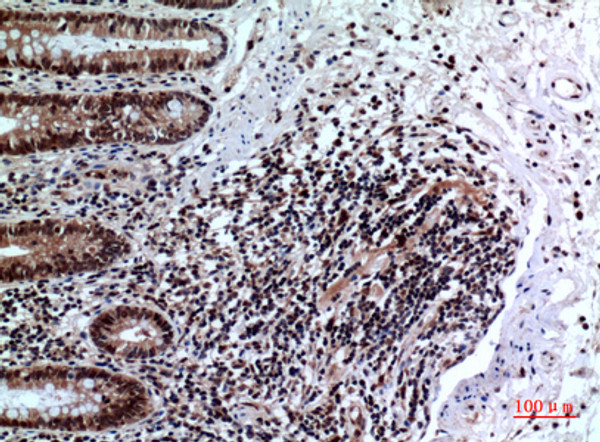| Function | Transcriptional regulator which is crucial for the development and inhibitory function of regulatory T-cells (Treg). Plays an essential role in maintaining homeostasis of the immune system by allowing the acquisition of full suppressive function and stability of the Treg lineage, and by directly modulating the expansion and function of conventional T-cells. Can act either as a transcriptional repressor or a transcriptional activator depending on its interactions with other transcription factors, histone acetylases and deacetylases. The suppressive activity of Treg involves the coordinate activation of many genes, including CTLA4 and TNFRSF18 by FOXP3 along with repression of genes encoding cytokines such as interleukin-2 (IL2) and interferon-gamma (IFNG). Inhibits cytokine production and T-cell effector function by repressing the activity of two key transcription factors, RELA and NFATC2. Mediates transcriptional repression of IL2 via its association with histone acetylase KAT5 and histone deacetylase HDAC7. Can activate the expression of TNFRSF18, IL2RA and CTLA4 and repress the expression of IL2 and IFNG via its association with transcription factor RUNX1. Inhibits the differentiation of IL17 producing helper T-cells (Th17) by antagonizing RORC function, leading to down-regulation of IL17 expression, favoring Treg development. Inhibits the transcriptional activator activity of RORA. Can repress the expression of IL2 and IFNG via its association with transcription factor IKZF4. |
| Protein Name | Forkhead Box Protein P3Scurfin Cleaved Into - Forkhead Box Protein P3 - C-Terminally Processed - Forkhead Box Protein P3 41 Kda Form |
| Database Links | Reactome: R-HSA-8877330Reactome: R-HSA-8939256 |
| Cellular Localisation | NucleusCytoplasmPredominantly Expressed In The Cytoplasm In Activated Conventional T-Cells Whereas Predominantly Expressed In The Nucleus In Regulatory T-Cells (Treg)The 41 Kda Form Derived By Proteolytic Processing Is Found Exclusively In The Chromatin Fraction Of Activated Treg Cells |
| Alternative Antibody Names | Anti-Forkhead Box Protein P3 antibodyAnti-Scurfin Cleaved Into - Forkhead Box Protein P3 - C-Terminally Processed - Forkhead Box Protein P3 41 Kda Form antibodyAnti-FOXP3 antibodyAnti-IPEX antibodyAnti-JM2 antibody |
Information sourced from Uniprot.org














